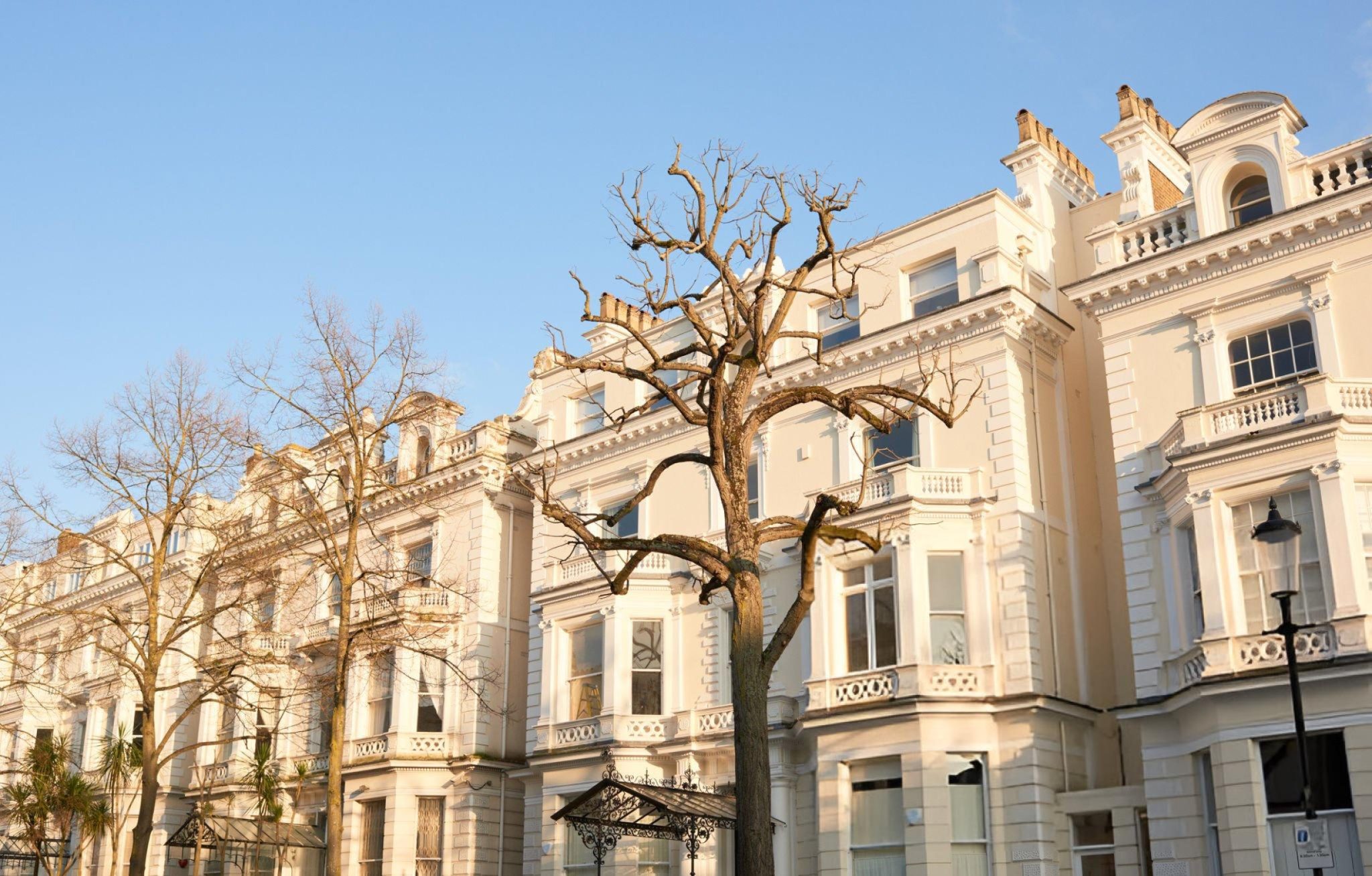The admission comes as the council seeks to sell off 14 of the homes
Kensington and Chelsea Council has conceded it “knowingly took some risks” when it hurriedly purchased nearly 300 homes in the wake of the Grenfell Tower tragedy — a decision now being scrutinised as 14 of the properties are deemed too unsafe for social housing and face disposal.
The admission comes as the West London authority seeks permission to sell off the homes, which were bought in haste to house residents displaced by the 2017 fire. A newly published council report reveals many of the homes have since proven structurally or legally unsuitable for use as social housing, and some were never occupied due to serious safety flaws, including fire escape concerns and unusual layouts.
The council said it made the decisions under extraordinary pressure at the time. “Purchasing 290 homes in 2017 was an unprecedented challenge,” a council spokesperson said. “The council knowingly took some risks to complete sales quickly. This included conducting only limited surveys and purchasing privately owned properties that we assumed could be made suitable for social housing.”
But residents and campaigners have criticised the council for repeating past mistakes. Emma O’Connor, a Grenfell survivor who escaped the tower’s 20th floor with her partner, said: “They don’t investigate before they do something. Rush is the biggest red flag. You cannot rush fire safety. People’s lives mean more than money.”
Campaign group Grenfell Next of Kin said the revelation is “just the tip of the iceberg”. They accused the Government of handing a “blank cheque” to the very same council blamed for mismanagement before the fire. “The evidence revealed in the Inquiry paints a picture of a council that operated more like property developers than public servants,” the group said. “There must be learning around this for any future disaster scenarios in our country.”
The 14 homes in question are currently unoccupied, and the council admits they’re so compromised that the cost of bringing them up to standard will never be recovered through rental income. The report states: “Even where it might be possible to undertake works, the assessed scale and cost of those works will never be recovered by rental income. Disposal is recommended as the right course of action.”
Complex leasehold and freehold issues further complicated efforts to refurbish the properties. In all 14 cases, the council does not wholly own the freehold, which has significantly obstructed necessary improvements. Officials say that many leaseholders or managing agents either refused permissions for works or imposed unreasonable conditions.
The council has pledged to reinvest all proceeds from the sales back into social housing in the borough, though it must also return £60,000 per home to the Greater London Authority — part of the funding received for the original acquisitions.
Beth Rudolf of the Conveyancing Association said stricter adherence to existing regulations might have prevented the fiasco. “While good estate agents already provide Material Information, had these requirements been properly followed, councils like Kensington and Chelsea might have had the necessary insight into the condition of the properties they were purchasing,” she said.
She also called for regulation of property agents to ensure building safety standards are upheld, warning that the lack of transparency and compliance in property marketing continues to jeopardise buyer trust — and in extreme cases, lives.
Kensington and Chelsea Council reiterated that only a small proportion of the homes it bought are being sold off and stressed that all other properties underwent refurbishment to bring them up to acceptable standards. The spokesperson said: “We are now recommending disposal of 14 properties because they cannot be brought up to the high standards we expect for our residents. There is greater benefit to our residents in selling them and reinvesting the proceeds in our social housing.”






